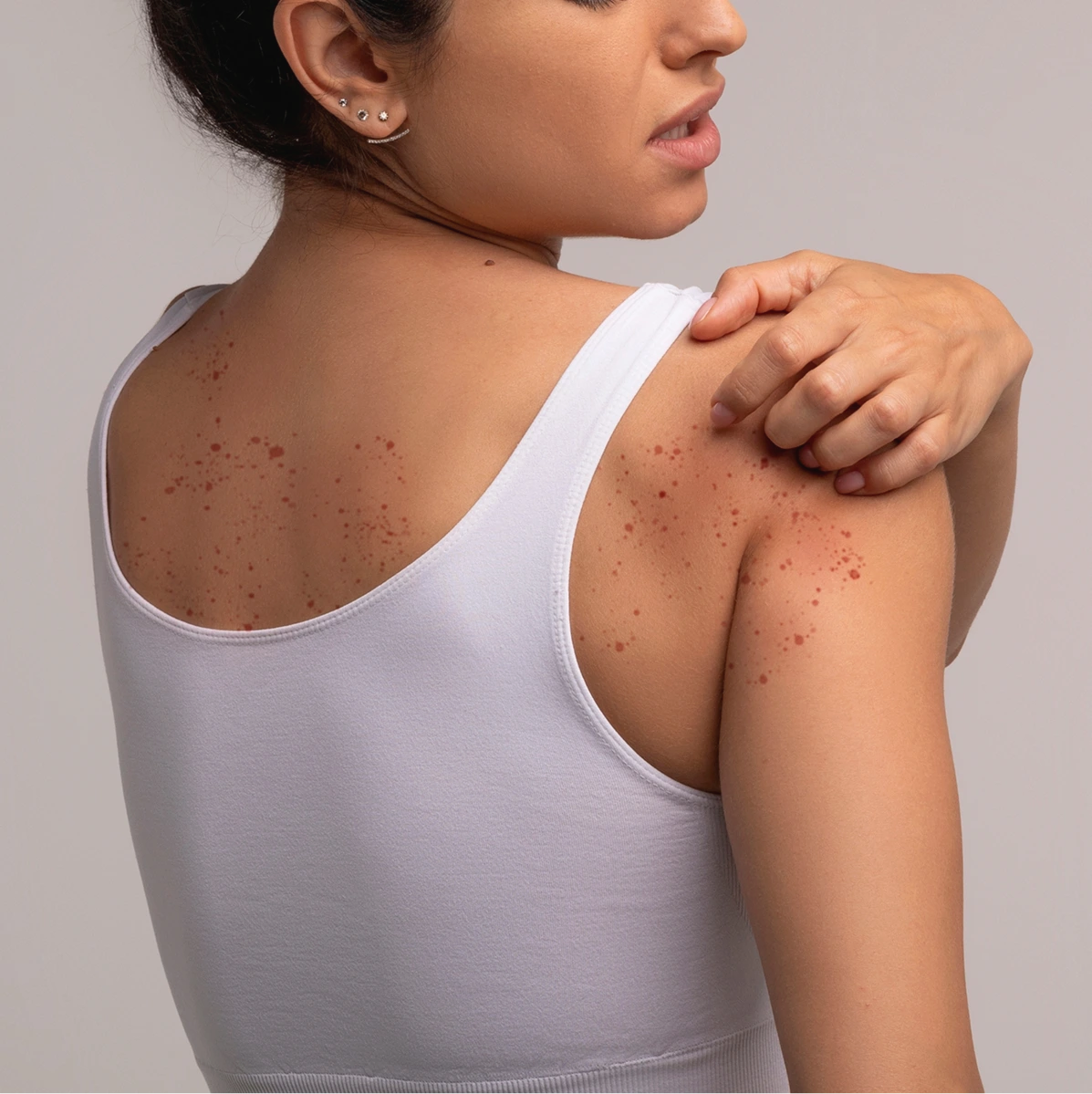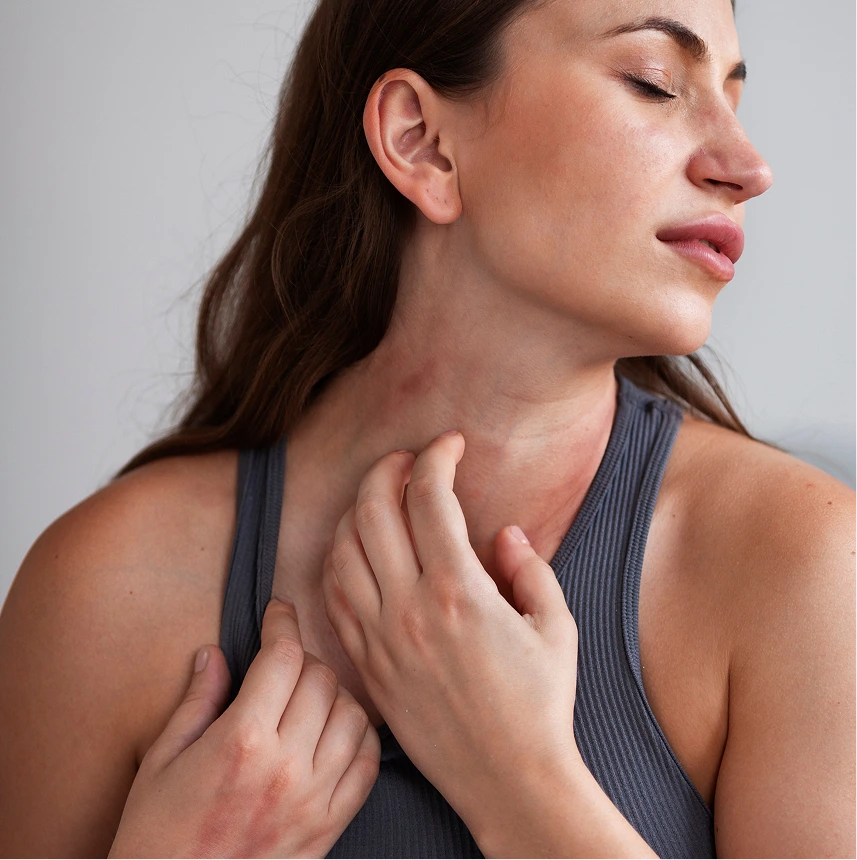
Dermatitis has many forms and can be treated in a variety of ways. This common skin condition can cause discomfort, irritation, and redness, which may affect daily life if left unmanaged. If you have dermatitis, our healthcare providers at Regency Specialties can help, providing personalized care and effective treatment options to restore your skin’s health and comfort.

In more severe or widespread dermatitis, oral medications may be recommended to manage symptoms from within. These can include antihistamines to relieve itching, antibiotics if infection is present, or systemic anti-inflammatory drugs to control extensive irritation. Oral treatments are typically used when topical therapies are not sufficient, offering an additional level of relief for patients with persistent or resistant dermatitis.

Managing dermatitis with professional care helps patients gain better control over recurring flare-ups and maintain healthier skin over time. By addressing triggers and supporting skin repair, treatment plans can improve both comfort and quality of life. Our treatments offer many benefits:
Improve skin appearance
Relieve itching
Reduce redness and swelling
Prevent flare-up frequency
Support skin barrier repair
Minimize the risk of infection
Enhance daily comfort and confidence
The cost of dermatitis treatment in Phoenix ranges from $100 to $300 per visit, depending on the type and treatment required. Factors such as diagnostic testing, prescription medications, and follow-up care can affect the total cost.
During your consultation at Regency Specialties, you’ll receive a personalized treatment plan along with a precise estimate based on your specific needs and skin condition.

Dermatitis affects millions in the United States, causing persistent symptoms that can interfere with daily comfort and self-confidence. If you’re struggling with an itchy rash, red skin, or recurring irritation, professional care can make a meaningful difference.
Our board-certified dermatologists understand how factors like stress, genetic predisposition, and environmental triggers can lead to flare-ups. Whether you’re trying to manage eczema or identify hidden causes of skin inflammation, our dedicated staff is here to help you find relief through personalized care and advanced treatment options.
You don’t have to live with discomfort. Healing your skin starts with the proper support.
